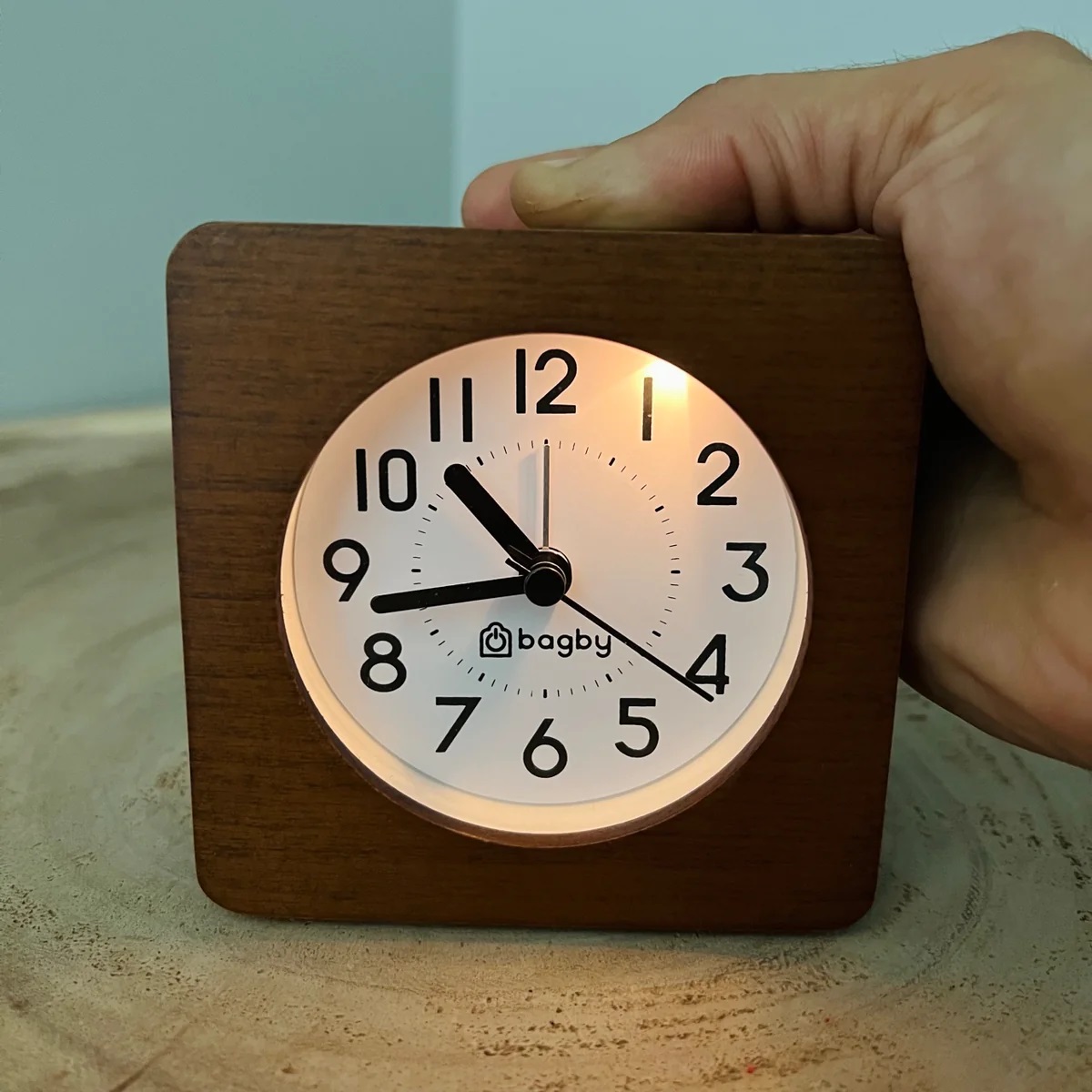

Articles
How To Set An Analog Alarm Clock
Modified: March 1, 2024
Learn how to set an analog alarm clock with our informative articles. Discover step-by-step instructions for setting the time and alarms on traditional analog clocks.
(Many of the links in this article redirect to a specific reviewed product. Your purchase of these products through affiliate links helps to generate commission for Storables.com, at no extra cost. Learn more)
Introduction
Welcome to the world of analog alarm clocks! In an age where digital devices dominate our lives, there’s something charmingly nostalgic about the analog alarm clock. The gentle ticking sound, the satisfying mechanical movements, and the simplicity of its design all add to its enduring appeal.
Setting and using an analog alarm clock may seem straightforward, but if you’re unfamiliar with the process, it can be a bit confusing at first. That’s why in this article, we’ll guide you through the step-by-step process of setting an analog alarm clock.
Whether you’re a vintage enthusiast, someone looking for a reliable backup alarm, or simply in need of a change from your smartphone’s alarm, an analog alarm clock can be a great addition to your bedside. So let’s dive in and discover how to set an analog alarm clock to wake you up in style.
Key Takeaways:
- Embrace the charm of analog alarm clocks by unboxing, setting, and maintaining one for a delightful wake-up experience. Enjoy the nostalgia and simplicity they bring to your mornings.
- Master the art of setting an analog alarm clock with precision, from adjusting the time and alarm to finding the perfect volume and placement. Elevate your morning routine with timeless elegance.
Read also: 13 Superior Analog Alarm Clock for 2024
Step 1: Unboxing and Familiarizing Yourself with the Analog Alarm Clock
Before you can start using your analog alarm clock, it’s important to unbox it and familiarize yourself with its features. Here’s what you need to do:
- Remove the alarm clock from its packaging carefully. Pay attention to any instructions or user manuals provided.
- Take a close look at the clock and its various components. You’ll typically find a clock face, hour and minute hands, an alarm switch or button, and sometimes a snooze button.
- Check if there are any additional features on the clock, such as a built-in light, adjustable volume, or a radio function. Familiarize yourself with the location and function of these features.
- Inspect the back of the clock to locate the battery compartment or the power cord input, depending on whether it runs on batteries or needs to be plugged into an electrical outlet.
- If the clock requires batteries, insert them according to the polarity indicated inside the battery compartment. Ensure the batteries are inserted correctly to avoid malfunction.
- If the clock has a power cord, plug it into a suitable electrical outlet nearby.
- If there are any additional instructions or precautions provided in the user manual, make sure to read them thoroughly to operate the clock safely and efficiently.
By taking the time to unbox and familiarize yourself with your analog alarm clock, you’ll have a better understanding of its features and functionality, making it easier to set up and use.
Step 2: Setting the Time on the Analog Alarm Clock
Now that you’re familiar with the physical components of your analog alarm clock, let’s move on to setting the time. Follow these steps:
- Locate the time-setting knob or button on the clock. It is usually found on the back or the side of the clock.
- Gently turn or press the time-setting knob or button until the clock hands move to the correct time. Take care not to apply too much pressure as it may damage the clock mechanism.
- If your clock has a 12-hour or 24-hour time format, ensure you set it according to your preference. Some clocks may have a switch or a button to toggle between these two formats.
- Pay attention to the AM and PM indicators if your clock uses a 12-hour format. Make sure the clock hands are set to the appropriate AM or PM time.
- Once the correct time is set, double-check it by referring to another reliable time source, such as your mobile phone or a wall clock.
- If your analog alarm clock has any additional time-related features, such as snooze or a gradual wake-up function, familiarize yourself with how these functions work and set them accordingly.
Setting the time on your analog alarm clock is an essential step in ensuring that your alarm goes off at the desired time. By following these steps, you’ll have the correct time set on your clock, helping you stay punctual and organized.
Step 3: Setting the Alarm on the Analog Alarm Clock
Now that you have the correct time set on your analog alarm clock, it’s time to set the alarm itself. Follow these steps:
- Locate the alarm-setting knob or button on your clock. It is commonly found near the time-setting knob or on the top or front of the clock.
- Turn or press the alarm-setting knob or button to the desired alarm time. Pay attention to the AM and PM indicators and ensure they correspond to the appropriate time.
- Some analog alarm clocks have a separate switch or button to activate or deactivate the alarm. If your clock has this feature, make sure the alarm is switched on or pushed in to activate it.
- Double-check the alarm time you’ve set by referring to the clock hands and the designated alarm time indicators, which may be located next to the alarm-setting knob or on the clock face.
- If your clock offers the option to set multiple alarms, follow the instructions provided in the user manual to set additional alarms. This can be useful if you have different wake-up times for different days or if you share the clock with someone else.
Once you’ve set the alarm on your analog alarm clock, you’ll be ready to wake up to its delightful sound. Remember to keep the alarm volume at a level that suits your preference and ensures you wake up without disturbing others.
Setting the alarm correctly is crucial in ensuring you don’t oversleep or miss any important appointments or commitments. By following these steps, you’ll have your analog alarm clock ready to rouse you from your slumber at the desired time.
Step 4: Adjusting the Alarm Volume on the Analog Alarm Clock
One of the benefits of an analog alarm clock is the ability to adjust the volume of the alarm. Follow these steps to adjust the alarm volume on your analog alarm clock:
- Locate the alarm volume control on your clock. It is usually a dial or a button located near the alarm-setting knob or on the side of the clock.
- Turn the volume control dial or press the volume control button to adjust the alarm volume to your preferred level. Some clocks may have a series of volume settings, while others allow for a smooth adjustment.
- As you adjust the volume, listen for the sound produced by the alarm. Make sure it is audible but not too loud to cause discomfort or startle you awake.
- If your analog alarm clock offers the option to gradually increase the alarm volume, take advantage of this feature. Gradual wake-up can help you awaken gently and peacefully.
- Test the alarm volume by setting the alarm to go off at a specific time. This will allow you to confirm that the volume level is suitable for waking you up without being too harsh or too soft.
By adjusting the alarm volume on your analog alarm clock, you can ensure that the alarm is audible enough to wake you up without being overly intrusive. Finding the right balance of volume will help you start your day on the right note.
Remember to consider the preferences of any roommates, family members, or partners who may be affected by the alarm volume. Open communication and finding a mutually agreeable volume level can help maintain harmonious mornings for everyone.
When setting an analog alarm clock, make sure to turn the time knob clockwise to set the desired alarm time. Then, set the alarm hand to the same time as the current time. Finally, make sure the alarm is switched to the “on” position.
Read also: 10 Unbelievable Analog Wall Clock for 2024
Step 5: Placing and Positioning the Analog Alarm Clock
The placement and positioning of your analog alarm clock play a crucial role in its effectiveness. Here are some tips to help you find the ideal spot for your clock:
- Choose a stable and flat surface for your analog alarm clock. This can be a bedside table, a dresser, or any other surface near your bed that provides easy access and visibility.
- Avoid placing your clock too close to your head or directly under your pillow. Although it should be within reach, keeping a short distance between you and the clock will prevent you from accidentally knocking it off or silencing the alarm without waking up.
- Consider the positioning of the clock face. It should be oriented towards you when you’re lying in bed, making it easy to read the time and see the alarm indicators without straining your neck or eyes.
- If your analog alarm clock has a built-in light, position it so that the light illuminates the clock face when activated. This can be useful for checking the time during the night without disturbing your sleep.
- Take into account any ambient noise or light sources in your bedroom. Placing your analog alarm clock away from these potential distractions can help ensure that the alarm is most effective in waking you up.
- If you have more than one analog alarm clock, such as a backup or travel clock, position them strategically to have easy access to their respective alarms without causing confusion or disorientation.
By placing and positioning your analog alarm clock thoughtfully, you can optimize its functionality and make it a reliable tool for waking up in the morning. Experiment with different locations until you find the one that works best for you.
Remember, the goal is to position your clock in a way that allows you to view the time effortlessly and hear the alarm clearly without being too intrusive. With the right placement, your analog alarm clock will become an essential part of your morning routine.
Step 6: Turning off or Snoozing the Alarm on the Analog Alarm Clock
When your analog alarm clock goes off, it’s time to wake up and start your day. Here’s how you can turn off or snooze the alarm:
- When the alarm starts ringing, locate the alarm control on your clock. It can be a switch, button, or knob specifically designated for controlling the alarm.
- To turn off the alarm completely, toggle the alarm switch to the off position, press the alarm control button, or turn the alarm control knob until the alarm stops sounding.
- If you prefer to snooze for a few more minutes of sleep, search for the snooze button on your analog alarm clock. Pressing this button will temporarily silence the alarm and give you a brief period of uninterrupted rest.
- Typically, the snooze timer on analog alarm clocks ranges from 5 to 10 minutes. After the snooze duration elapses, the alarm will resume and go off again to wake you up.
- If you want to disable the snooze function, consult the user manual that came with your clock. Some clocks allow you to adjust or disable the snooze feature according to your preference.
- Be mindful of the snooze habit and use it sparingly. While snoozing can provide a short respite, excessive use may disrupt your sleep cycle and make it harder to wake up in the long run.
By understanding how to turn off or snooze the alarm on your analog alarm clock, you’ll have full control over your morning routine. Choose the option that works best for you, whether it’s turning off the alarm immediately or allowing yourself a brief snooze before facing the day.
Remember, the key is to establish a consistent wake-up routine and resist the temptation to rely too heavily on the snooze function. This will help you build healthy sleep habits and start your day on a productive note.
Step 7: Maintaining and Troubleshooting the Analog Alarm Clock
To ensure the longevity and proper functioning of your analog alarm clock, it’s important to perform regular maintenance and troubleshoot any issues that may arise. Here’s what you need to know:
- Keep your analog alarm clock clean by gently dusting it with a soft cloth. Avoid using harsh chemicals or abrasive materials that could damage the clock’s surface.
- Check the batteries regularly if your clock runs on battery power. Replace old or depleted batteries with fresh ones to maintain consistent performance.
- If your analog alarm clock has a power cord, inspect it periodically for any frayed or damaged wires. Replace the cord if necessary to prevent any electrical hazards.
- If the alarm sound becomes weak or distorted, clean the alarm mechanism by gently blowing compressed air or using a small brush to remove any dirt or debris that may have accumulated.
- Regularly verify that the clock hands are securely attached and properly aligned. Loose or misaligned clock hands can affect the accuracy of the time display.
- If your analog alarm clock stops working or develops any issues, consult the user manual for troubleshooting tips. Common problems may include clock hands getting stuck, alarm not sounding, or inaccurate timekeeping.
- If troubleshooting doesn’t resolve the issue, consider contacting the manufacturer or a professional clock repair service for assistance. They can diagnose and rectify more complex problems.
By taking care of your analog alarm clock and promptly addressing any maintenance or troubleshooting needs, you can ensure it continues to serve its purpose reliably for years to come.
Remember that regular maintenance and occasional troubleshooting are essential to keep your analog alarm clock in optimal condition. With proper care, it will remain a dependable companion for waking you up and starting your day on time.
Conclusion
Setting and using an analog alarm clock may seem like a simple task, but it can add a touch of charm and simplicity to your mornings. By following the steps outlined in this article, you can confidently set and operate your analog alarm clock, ensuring a reliable and enjoyable wake-up experience.
We started by unboxing and familiarizing ourselves with the clock, understanding its components and features. Then, we learned how to set the time accurately, ensuring that the clock reflects the correct hour and minute. Next, we delved into setting the alarm, enabling us to wake up at the desired time each day.
We also explored adjusting the alarm volume, finding the optimal balance between being audible enough to wake us up without being too jarring. Placing and positioning the clock in the ideal spot allows for easy visibility and access. Moreover, we learned how to turn off or snooze the alarm, providing flexibility in waking up and starting the day.
To keep your analog alarm clock in top shape, it’s important to perform regular maintenance, such as cleaning and checking for any issues. If troubleshooting becomes necessary, you can refer to the user manual or seek professional help if needed.
As you embrace the simplicity and charm of your analog alarm clock, remember to establish a consistent wake-up routine and sleep schedule. This will contribute to better overall sleep habits and help you start your day on a positive note.
So, whether you’re an avid vintage collector or simply seeking a break from digital devices, an analog alarm clock is a wonderful addition to your bedside. Enjoy the gentle ticking, reliable functionality, and timeless appeal that an analog alarm clock brings to your mornings.
Wake up to a world of beauty and simplicity with your analog alarm clock. Embrace the nostalgia and start each day with a touch of elegance and reliability that only an analog alarm clock can provide.
Frequently Asked Questions about How To Set An Analog Alarm Clock
Was this page helpful?
At Storables.com, we guarantee accurate and reliable information. Our content, validated by Expert Board Contributors, is crafted following stringent Editorial Policies. We're committed to providing you with well-researched, expert-backed insights for all your informational needs.
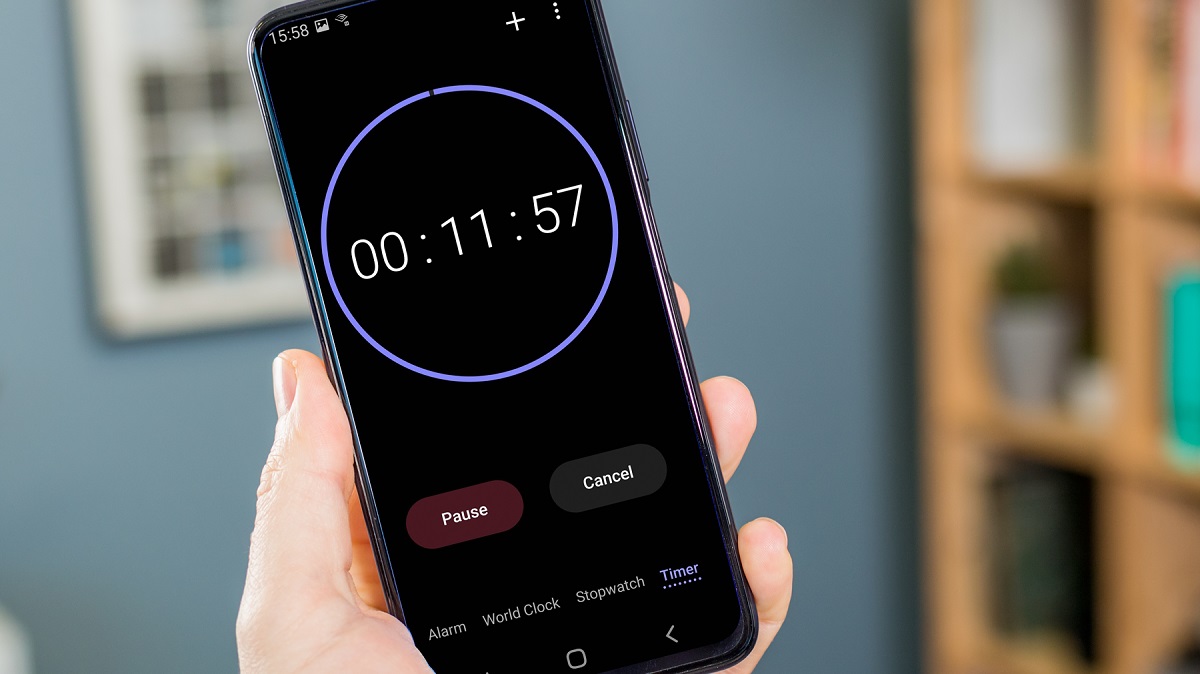

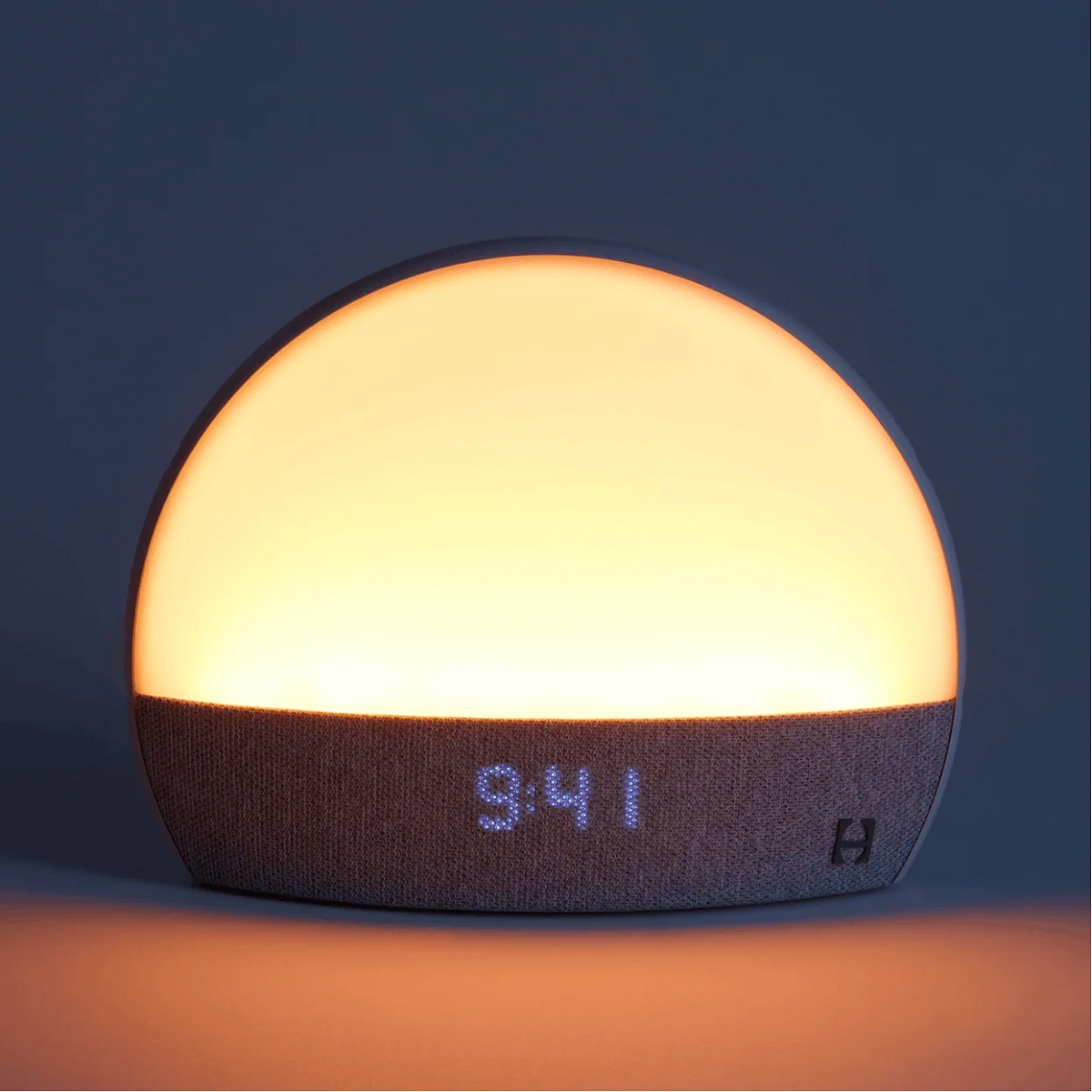
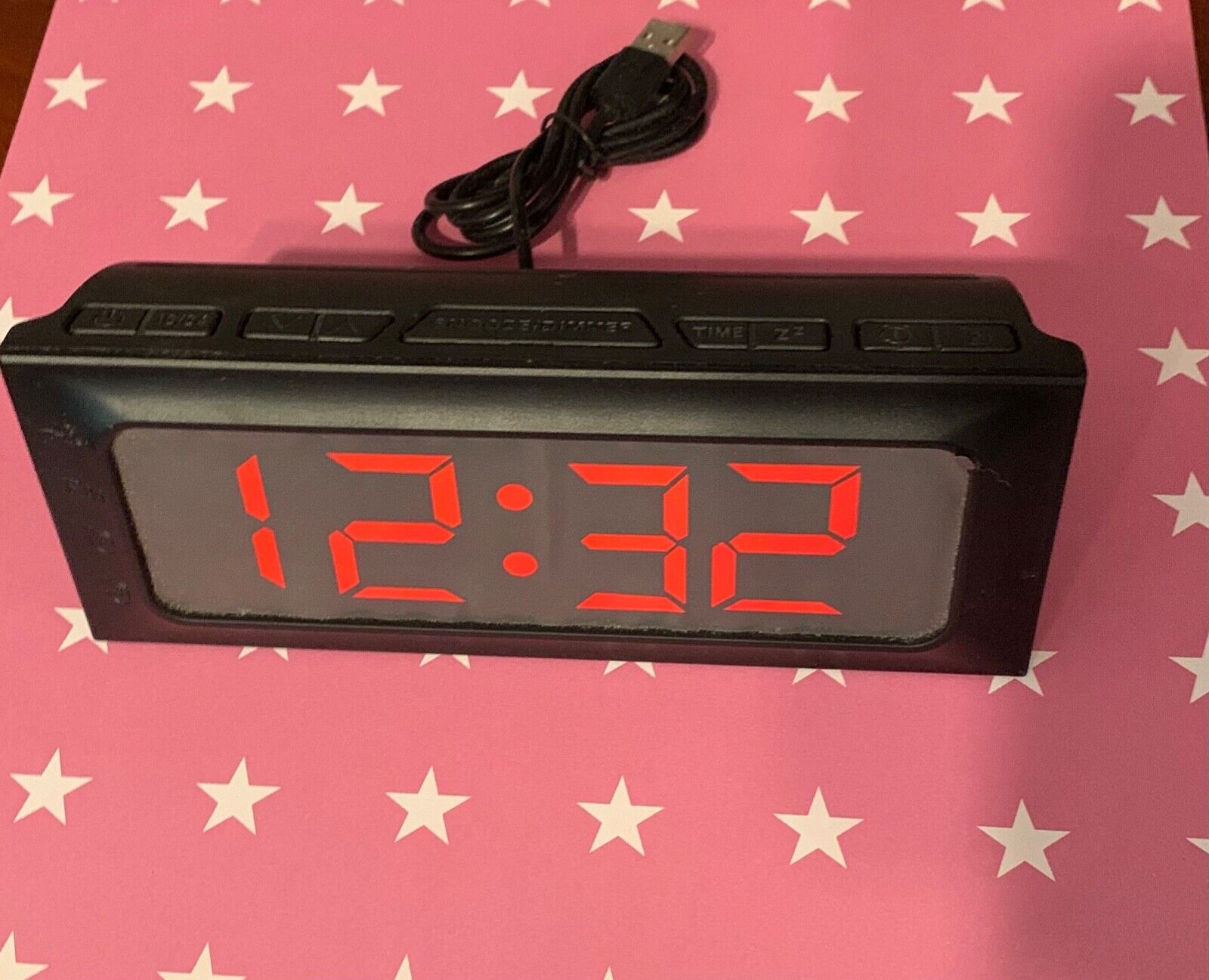

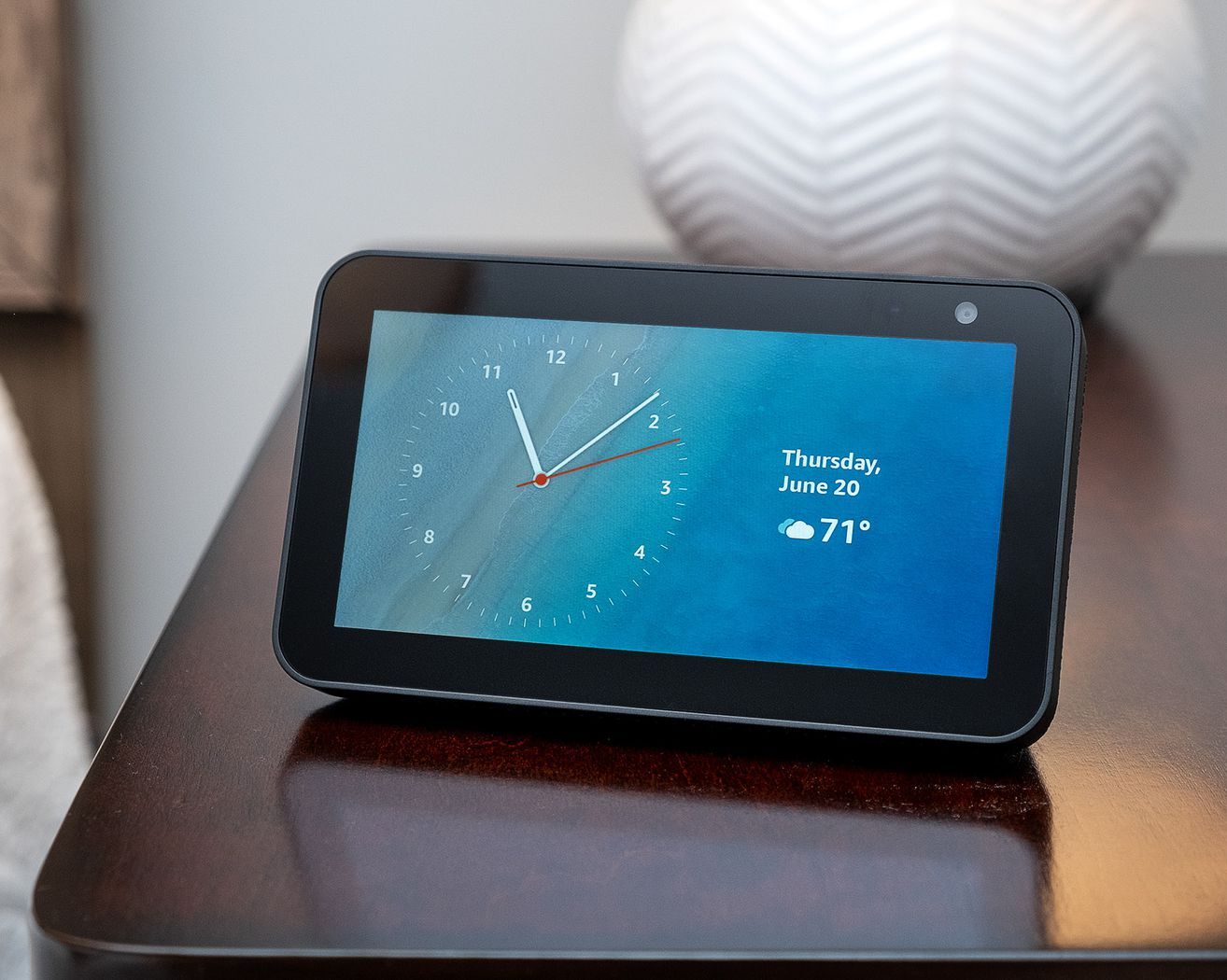
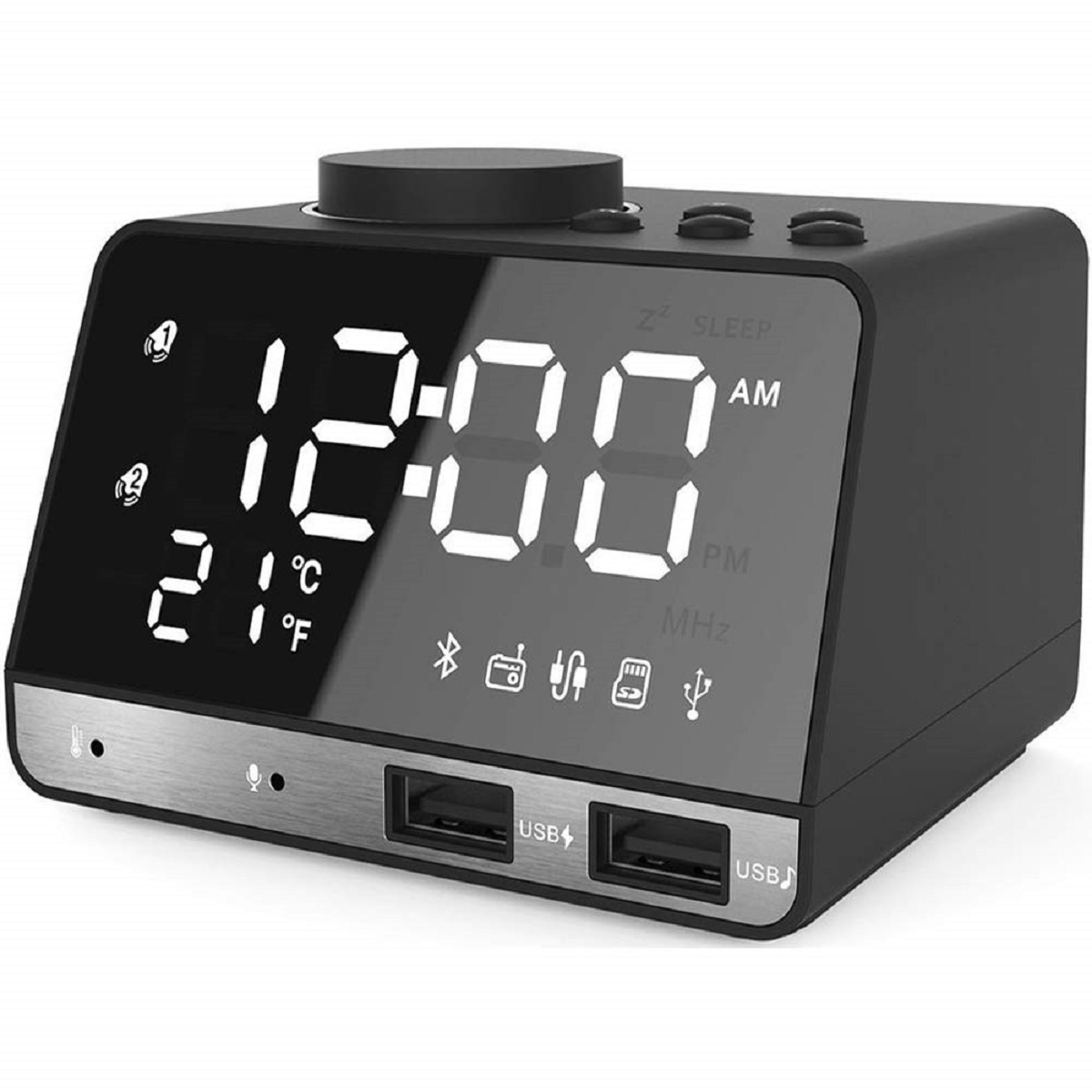

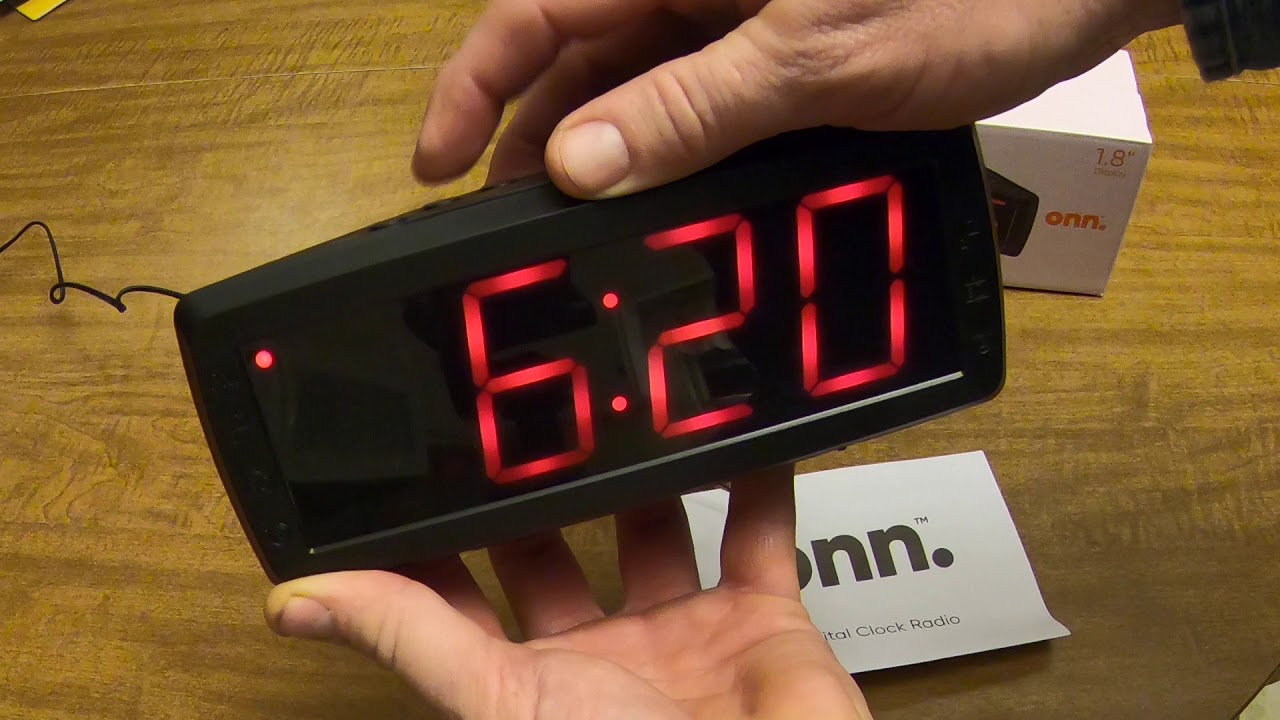

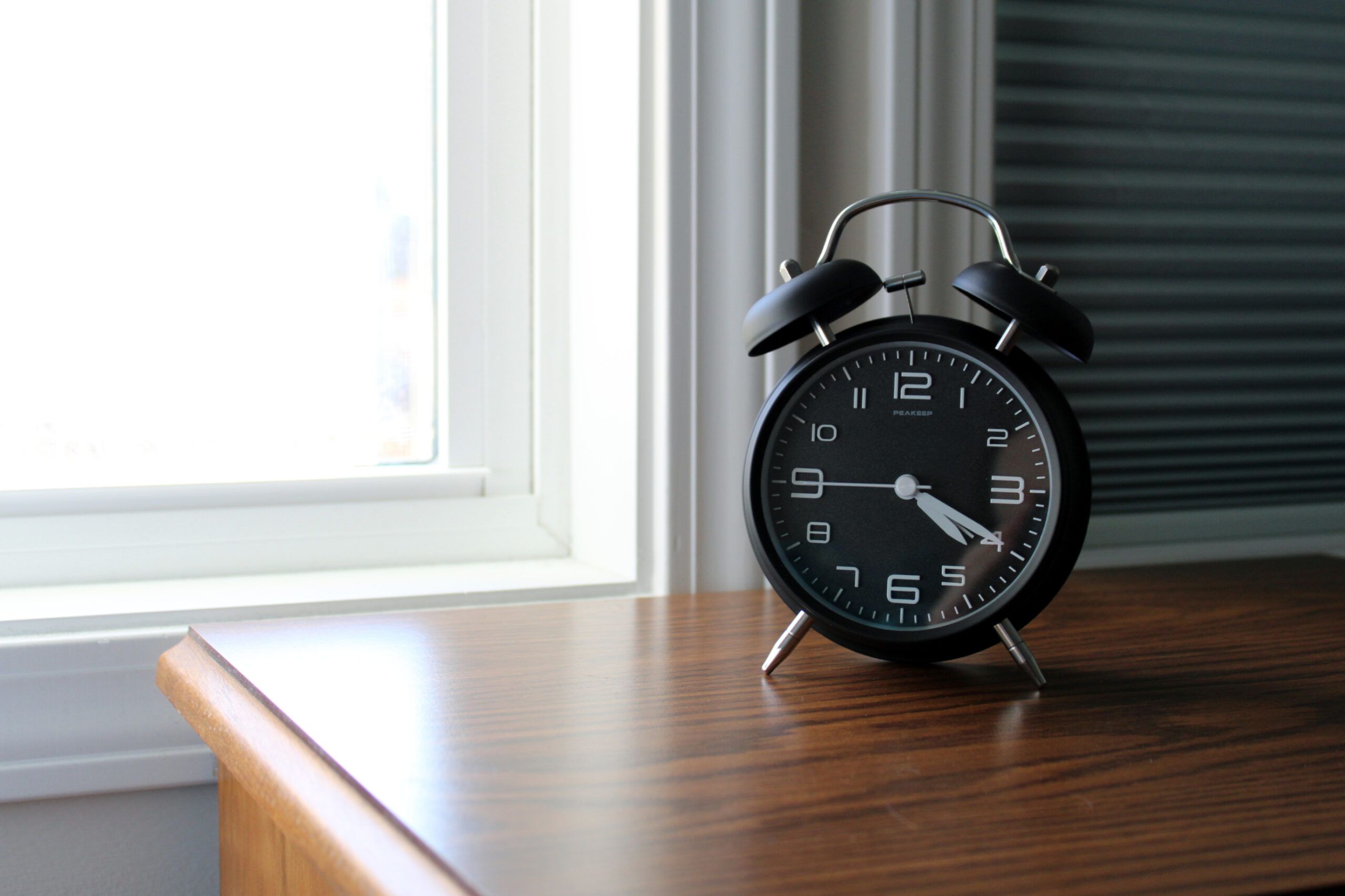

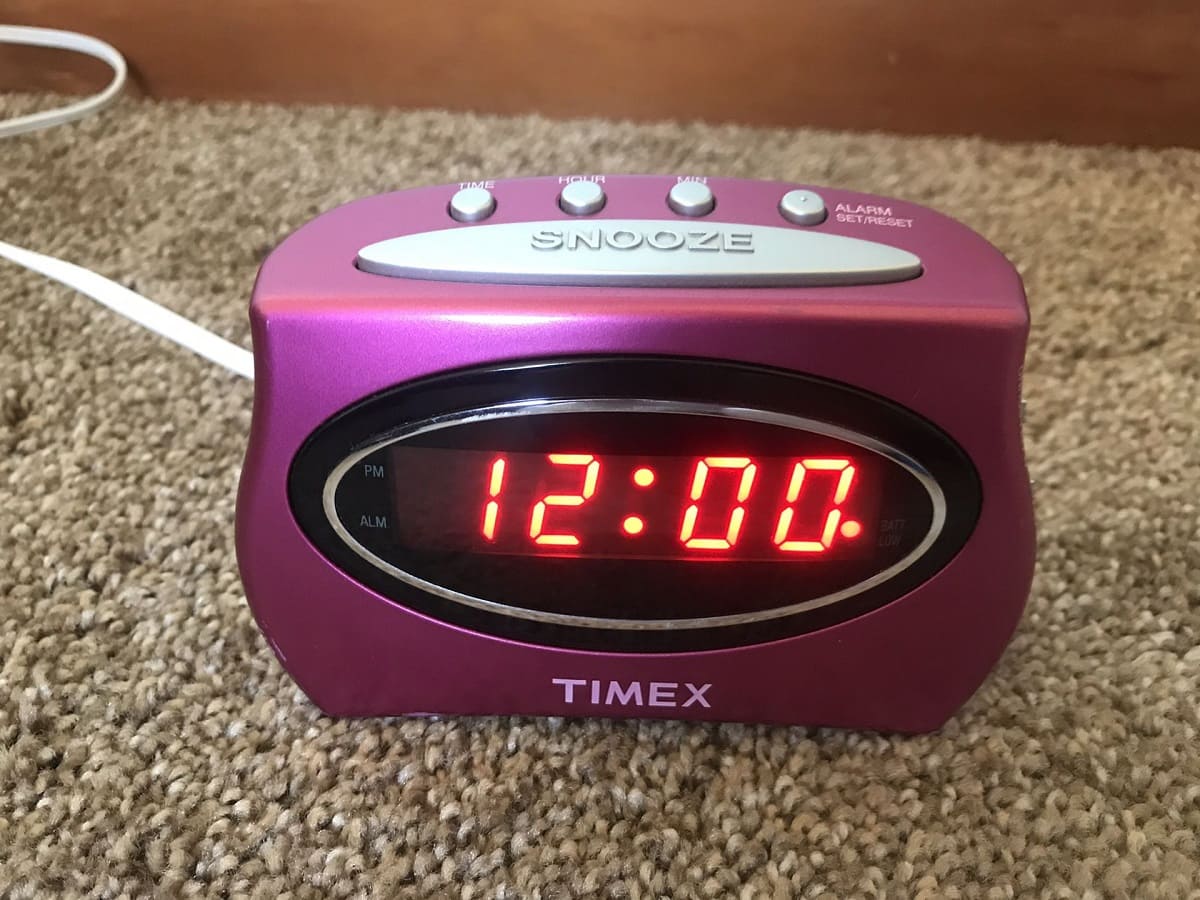
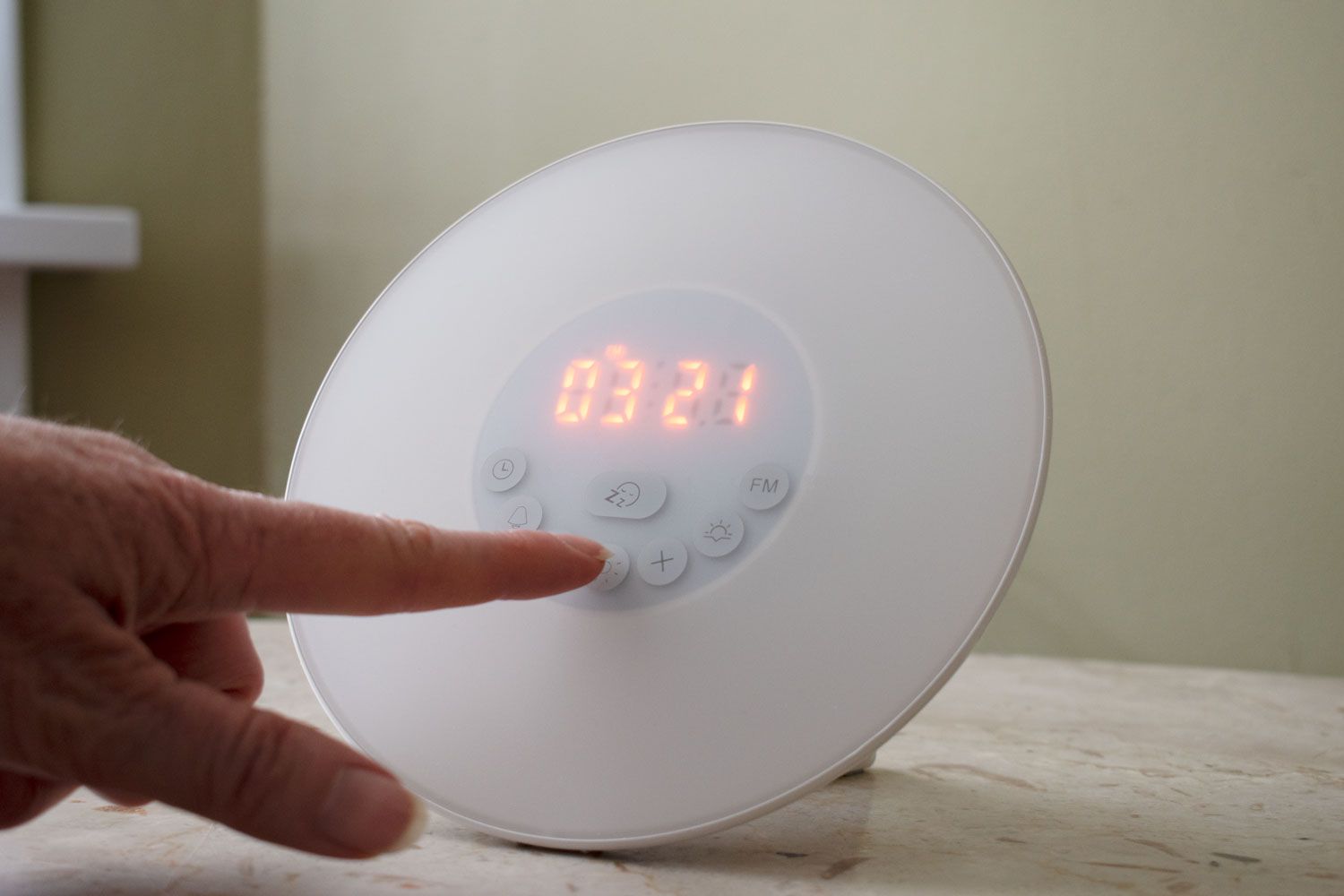

0 thoughts on “How To Set An Analog Alarm Clock”